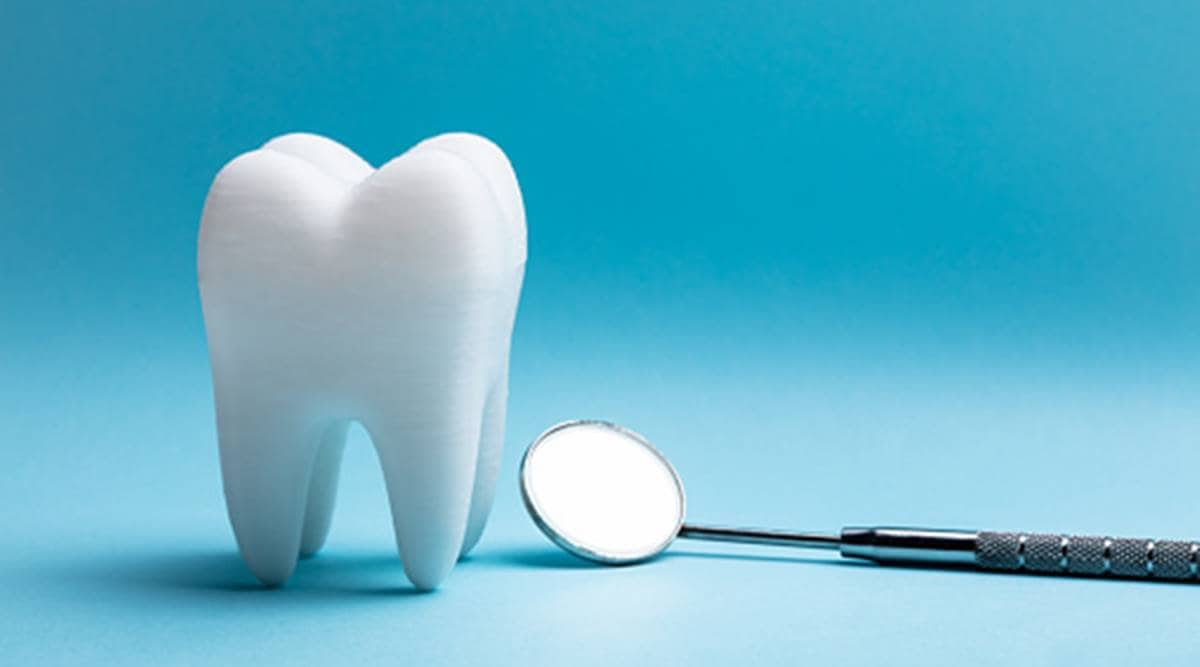Dental insurance, like many other types of insurance, provides peace of mind. While normal visits aren’t expensive, more involved procedures, including as fillings or crowns, can cost upwards of $3,000. As a result, the main benefit of dental insurance is not having to spend a fortune in the event of a dental emergency, such as a chipped or knocked-out tooth.
Some of the best dental coverages comes from: UnitedHealthOne, they come out on top, as seen by its “A” rating from A.M. Best. Delta Dental, on the other hand, has special plans for low-income families. Humana is the greatest option for individuals wanting for reductions, while Cigna offers secure global coverage.
The majority of dental insurance providers provide three different forms of coverage. DHMO plans work similarly to HMO plans in that you’ll be given a list of providers that accept your insurance and must see a dentist who is part of your insurance company’s network. PPO plans, on the other hand, allow you to see dentists who are both in and out of your company’s network. Finally, indemnity plans provide you with protection.
While cases vary, typically, there are three primary differences between dental insurance plans; the choice of dentists available, the out-of-pocket costs, and the method of payment. When selecting your dental coverage provider, we recommend comparing these key differences.
Dental policies are notoriously difficult to comprehend. Even so, there is a useful strategy to remember in such perplexing situations. Common dental insurance policies provide 100% of preventative care, 80% of fillings and root canals, and 50% of major treatments, according to the “100-80-50” technique (such as bridges). While it’s still a little complicated, it’s wise to discuss the facts with your insurance carrier.
Some of the best dental insurance plans come from: Delta Dental, Guardian Dental, Aetna Dental, Cigna Dental, Humana Dental and Metlife Dental insurance companies.
Individual insurance policies are typically more expensive and are not considered a cost-effective choice. Individuals do not have the option of obtaining a “group discount,” as organizations can. Individual insurance typically cost $15 more per month than group policies.




